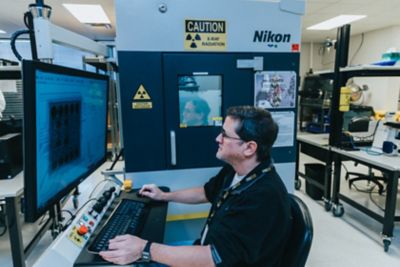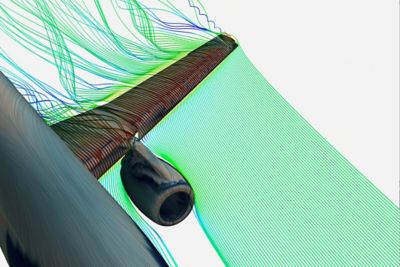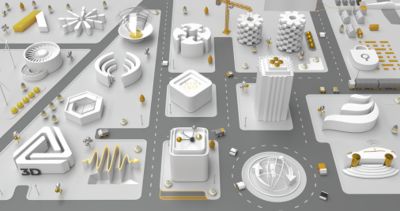-
United States -
United Kingdom -
India -
France -
Deutschland -
Italia -
日本 -
대한민국 -
中国 -
台灣
-
Ansys is committed to setting today's students up for success, by providing free simulation engineering software to students.
-
Ansys is committed to setting today's students up for success, by providing free simulation engineering software to students.
-
Ansys is committed to setting today's students up for success, by providing free simulation engineering software to students.
-
Contact Us -
Careers -
Students and Academic -
For United States and Canada
+1 844.462.6797
- Ansys 2024 R1: Ansys Fluent Physics and Modeling What’s New | Ansys
- Ansys Installation, Licensing, and IT Solutions | Ansys
- Ansys 2024 R1: Ansys Mechanical What’s New | Ansys
- Introducing Ansys SimAI: Cloud-Native Generative AI for Simulation | Ansys
- Introduction to Ansys Fluent | Ansys
- A Single Tool for Avionics Systems Modeling with AADL, Aligned with the FACE Standard
- Developing Applications with SCADE for Face and ARINC 661
- Digital Twin of a Flue Cleaning Process in a Filter Test Device
- Ansys 2024 R1: Get Started Automating and Scripting with PySherlock | Ansys
- CFD-aided Characterization of Gas Dispersion with Fluent
- Accelerate Hydrogen Adoption Using Ansys Simulation: Part 3 - Storage/Transport
- Simulation, Additive, and AI Optimize 5G Space Communication
- Empowering Wind Turbine Design with Cloud and HPC for solving Large CFD and Mechanical Models
- Simulation Helps Anywaves Optimize Space Antenna Designs
- Wittenstein Breaks New Ground in Designing Cooling Concepts for Electric Motors
- Ansys 2024 R1: High Frequency Electronics What’s New | Ansys
- Educating Students in CAD and Composite Materials Simulation
- Materials Data for Ansys Mechanical | Ansys
- Ansys 2024 R1: Ansys Sherlock and Ansys Mechanical Module and System Level Reliability | Ansys
- Customization in Ansys Discovery
- Accelerate Hydrogen Adoption Using Ansys Simulation: Part 2 - Production | Ansys
- Unlock Business Value with AWS and Ansys Digital Twin | Ansys
- GSK Models Bioreactor, Cell Line with Ansys simulation
- Leadership Performance on Ansys Applications with AMD EPYC Processors
- Ansys Exalto | Datasheet
- Introducing Ansys Scade One | Ansys
- Creating and Exploiting a Bioreactor Digital Twin | Ansys
- Enhancing MIL-HDBK-217 Reliability Predictions with Physics of Failure
- Accelerate Auto Electronics Reliability Using Physics of Failure Models
- System-Aware SoC Power, Noise and Reliability Sign-off | Ansys
- Energy Enterprise Global Webinar - Electronic Reliability | Ansys
- 6 Steps to Successful Board Level Reliability Testing | Ansys
- Tackling Component Swapping Reliability Concerns in Current Supply Chain Environments
- Ansys 2022 R1: Electronics Reliability Update | Ansys
- Ansys 2021 R2: Ansys Sherlock and Electronics Reliability Update
- Electronics Reliability Using Ansys Sherlock | Ansys Webinar
- Increasing Electronics Reliability with Liquid Cooling
- Reliability of Microvias/Plated Through-Holes in PCB | Webinar
- Reliable Battery Thermal Management Using Ansys Fluent | Ansys Webinar
- Electrothermal Simulations for Reliable Electric Aircraft
- Hardware Security & Thermal Reliability for Mission Critical Electronic Design | Ansys Webinar
- Electrical and Thermal Reliability Analysis of PCB with Ansys Tools
- Reliability Prediction for PCBs and Electronic Systems | Video
- Ansys 2024 R1: Ansys Thermal Integrity What’s New | Ansys
- Ansys 2024 R1: Ansys Motor-CAD What’s New
- Ansys 2024 R1: Ansys Maxwell What’s New | Ansys
- Nordson TEST & INSPECTION Brings Products to Market Faster
- Maximizing Design Flexibility for Multi-layered and Diffractive Optical Components
- Empower L3/L4 Digital Twins: Ansys and AWS IoT Integration
- How to Optimize a Lightguide for Daytime Exterior Automotive Lighting | Ansys
- Next Page
Sorry. Our site search is running into issues and we're working to get it back up and running as soon as possible.
In the meantime, please use the Google search box below to search the site.
See What Ansys Can Do For You
See What Ansys Can Do For You
Contact Us
* = Required Field
Contact us today
Thank you for reaching out!
We’re here to answer your questions and look forward to speaking with you. A member of our Ansys sales team will contact you shortly.











